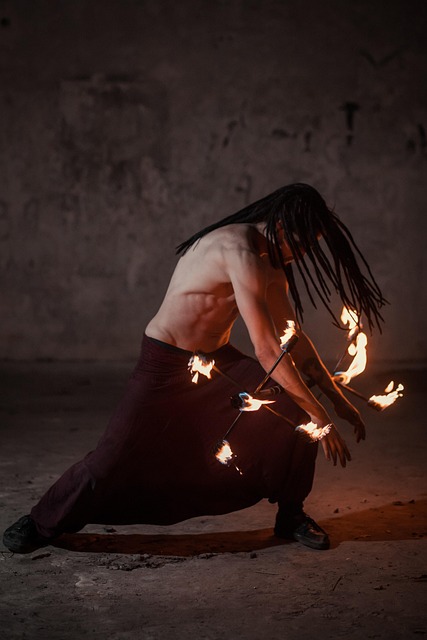Spotlight on Intangible Heritage: The Rebirth of Forgotten Performing Arts
In an era where digital media dominates our entertainment landscape, a surprising trend is emerging. Forgotten performing arts, once seen as relics of the past, are experiencing a resurgence, capturing the fascination of audiences worldwide. This article delves into the revival of these unique performing arts, their historical significance and the implications of their return.

The Revival of Forgotten Performing Arts
For centuries, performing arts have played a crucial role in cultural expression, storytelling, and community building. However, as technology advanced, many traditional forms of performing arts were sidelined, their appeal dwindling in favor of more modern and accessible forms of entertainment.
Yet, in recent years, there has been a remarkable revival of these forgotten performing arts. From ancient storytelling techniques to traditional theatre forms, these crafts are being rediscovered and reintroduced to contemporary audiences. This is not merely a nostalgic nod to the past, but a deliberate effort to preserve and promote these art forms as part of our intangible cultural heritage.
The Historical Context
These forgotten performing arts have diverse origins. Some have roots in ancient civilizations, others emerged from specific historical or social contexts. For instance, the Japanese Noh theatre, with its highly stylized performances and masked actors, dates back to the 14th century. Similarly, the ritualistic shadow plays of Southeast Asia have a history spanning over a thousand years.
These art forms were often integral to community life, used as tools for education, religious rituals, or social commentary. However, with the advent of modern entertainment mediums and changing societal attitudes, these performing arts gradually faded from the public eye.
The Contemporary Resurgence
Today, these performing arts are experiencing a revival, fueled by a growing interest in cultural preservation and a desire for unique, immersive experiences. For instance, recent years have seen a rise in popularity of Bunraku, a traditional form of Japanese puppet theatre, and the Italian Commedia dell’arte, a form of theatre characterized by improvised dialogue and a cast of quirky characters.
This resurgence is not limited to stage performances. These art forms are also being adapted into modern mediums, such as film, television, and digital platforms, broadening their reach and appeal.
Impact and Significance
The revival of these forgotten performing arts holds significant cultural and social implications. Firstly, it contributes to the preservation of cultural heritage, providing a tangible link to our shared past. It also offers a unique platform for cultural exchange and understanding, fostering a sense of global community.
Moreover, these art forms challenge conventional notions of entertainment, offering audiences a richer, more nuanced experience. The complex narratives, intricate techniques, and deep cultural roots of these arts provide a stark contrast to the often superficial and transient nature of modern entertainment.
The Way Forward
As we move forward, it is essential to continue supporting and promoting these performing arts. This involves not just preserving the art forms in their traditional state, but also encouraging innovation and adaptation to ensure their relevance in the contemporary landscape.
The resurgence of forgotten performing arts is a testament to the enduring power of cultural expression, offering a unique blend of entertainment, education, and cultural preservation. As we continue to navigate our increasingly digital world, these art forms provide a valuable reminder of our shared history and the diverse ways in which we can tell our stories.




